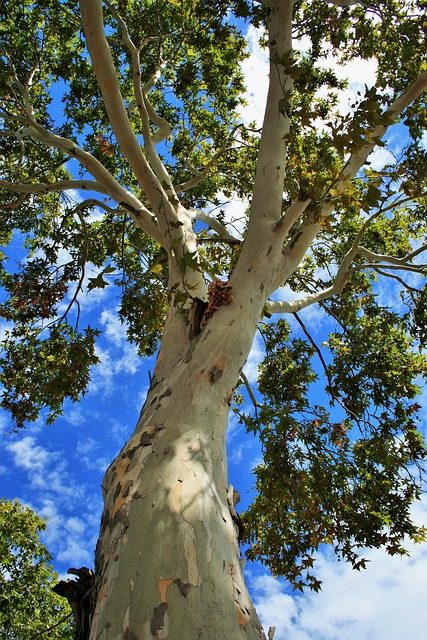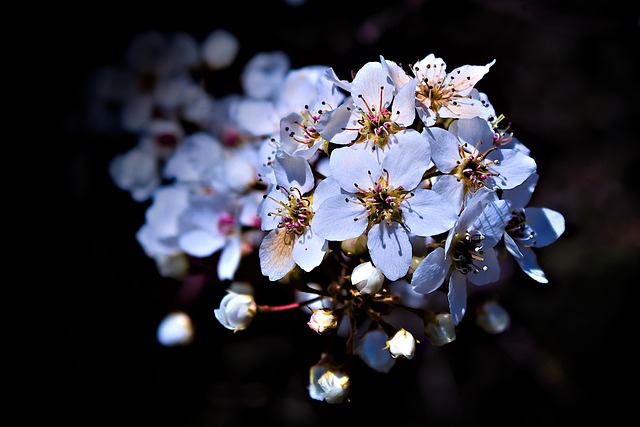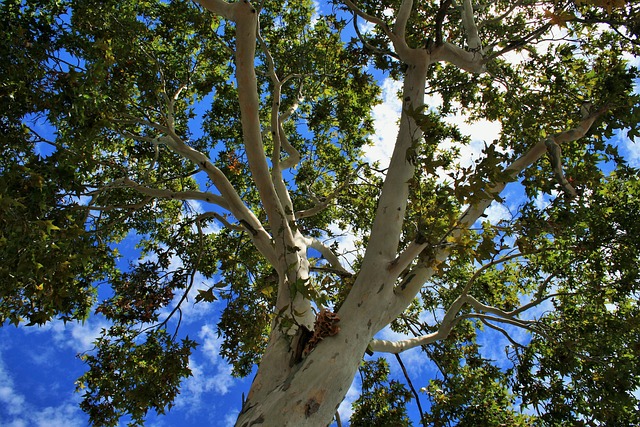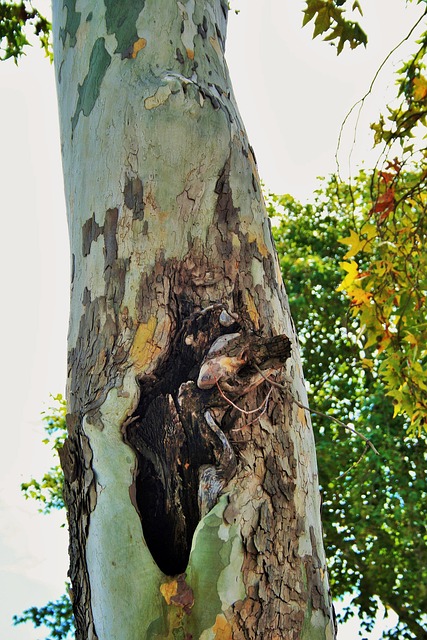Arts and culinary hubs drive real estate trends by attracting diverse populations and boosting local economies. Developers convert underutilized spaces into vibrant districts, enhancing property appeal and urban revitalization. These cultural attractions not only create desirable amenities but also foster community engagement, economic growth, and increased property values. Investing in these areas offers both financial gains and improved quality of life, making them resilient even during market fluctuations.
“Discover how thriving arts and culinary scenes are transforming real estate landscapes. From the vibrancy of creative hubs to the allure of gastronomic destinations, these elements drive market trends and elevate property values. This article explores the strategic investment opportunities in areas with strong artistic and culinary communities, while also highlighting their profound impact on local real estate markets through enhanced community engagement.”
The Role of Location: How Arts and Culinary Hubs Are Driving Real Estate Trends

The location of arts and culinary hubs is playing a significant role in shaping real estate trends across cities. These vibrant neighborhoods have become magnets for a diverse range of residents, businesses, and investors alike. The appeal lies in their unique atmosphere, where creativity flourishes and culinary delights tantalize the senses. As a result, property values in these areas are on the rise, attracting those seeking not just a place to live, but an experience.
Real estate developers have taken notice, recognizing the potential of transforming underutilized spaces into thriving arts districts or gourmet enclaves. This has led to a surge in adaptive re-use projects, where old industrial buildings become loft apartments or former warehouses turn into trendy restaurants and art galleries. Such conversions not only revitalize urban areas but also create sought-after amenities that enhance the overall appeal and desirability of nearby residential properties.
Unlocking Property Values: Investing in Areas with Vibrant Artistic and Gastronomic Communities

Investing in real estate is often a strategic move, and one of the most exciting opportunities lies in areas with vibrant artistic and gastronomic communities. These neighborhoods are not just about charming galleries and cafes; they represent a significant driver for property value appreciation. As artists and chefs breathe life into these spaces, they attract a diverse range of residents, businesses, and tourists alike, fostering an energetic atmosphere that translates directly into higher market values.
When considering real estate investments, looking beyond traditional metrics, like location and price trends, can unlock hidden potential. Areas with thriving arts and culinary scenes often offer unique lifestyle benefits and a sense of community that appeal to a wide range of buyers. This blend of cultural attractions and economic vitality ensures these properties remain desirable, even in fluctuating markets, making them wise investments for those who understand the intrinsic value of such vibrant, dynamic environments.
Fostering Community Engagement: The Impact of a Thriving Arts and Culinary Scene on Local Real Estate Markets

A thriving arts and culinary scene has a profound impact on local real estate markets, fostering community engagement and driving economic growth. These vibrant environments attract residents who value creative expression and diverse dining options, transforming neighborhoods into cultural hubs. As a result, property values often increase significantly in areas known for their artistic and culinary vibrancy, making them attractive to potential buyers and investors.
The positive effects extend beyond financial gains; these scenes foster a sense of belonging and community pride. Local businesses thrive as people gather to support artists and enjoy unique culinary experiences. This increased foot traffic not only enhances the overall quality of life for residents but also encourages further development, creating a self-perpetuating cycle that benefits both the arts and real estate sectors.






